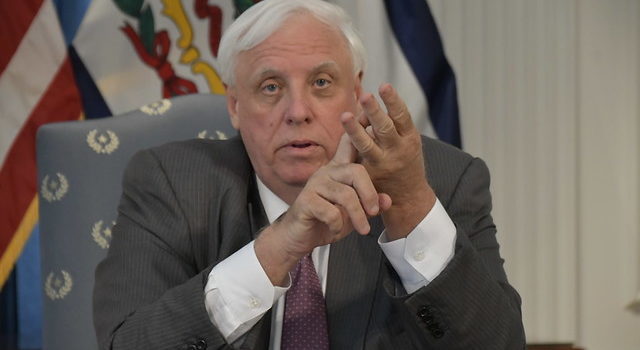CHARLESTON — Homeowners, rather than infrastructure, are officially becoming the priority of mitigation grants related to the devastating 2016 West Virginia flood.
State Emergency Management Director Mike Todorovich signed a memo late last month outlining “the official plan to realign priorities” for hazard mitigation grant money drawn down from the federal government.
“I’m glad to see they have reprioritized and that they do have the families in mind,” said Sen. Glenn Jeffries, D-Kanawha.
This followed increased questions by flooded homeowners, county-level disaster officials and legislators from districts that were hit by the catastrophic flood of 2016. MetroNews reporting highlighted those questions.
West Virginia had two federal sources of money to help victims of the June 23, 2016, flood.
One, known as RISE, has completed 50 houses out of 456 cases — a pace that earned West Virginia a “slow spender” label by the U.S. Department of Housing and Urban Development.
The other possibility for homeowners is hazard mitigation grant money through the Federal Emergency Management Agency.
The mitigation money is meant to avert damage from future disasters. One of its potential uses is for housing — buyouts, elevation of the home or flood-proofing.
West Virginia has had $67 million in mitigation money available.
But over the past few years, homeowners who applied for the money started to question their status.
Documents revealed by MetroNews showed that in late 2017, West Virginia officials chose to make infrastructure needs — rather than housing — the top priority for the money.
One of the outcomes of that meeting was, “WV DHSEM will review their submitted applications and prioritize infrastructure projects before housing.”
So, $21 million in housing requests wound up on a Hazard Mitigation “oversubscribed” list, where they might receive funding if other requests such as for water projects and generators fell by the wayside.
Appearing before the Joint Legislative Committee on Flooding, officials with the Justice administration on May 15, disputed there had ever been a shift toward infrastructure.
The new memo doesn’t elaborate on what happened before, but it does indicate changes are happening now.
“It’s good to know there was a letter sent out to clarify that they are shifting back to where they didn’t go,” said Delegate Dean Jeffries, R-Kanawha, co-chairman of the Joint Legislative Committee on Flooding. “They said there never was a shift, but now we are shifting.”
Flood victim Connie Sloan, an Elkview resident, said she’ll believe it when she sees it.
“Does it make me feel better? No,” Sloan said. “Until such time as I see people starting to get checks, they’re empty promises right now. We’re three years down the road and nobody’s gotten anything. It’s not just me.”
Kanawha County Commissioner Kent Carper sent a memo back to Todorovich, praising the revised policy. But Carper also added a list of homeowners still waiting for help.
“We have residents still waiting for funding that are residing in temporary housing three years later,” Carper wrote. “I respectfully ask for a timeline as to when they will receive their funding under DR-4273.”
Gov. Jim Justice, speaking at a press conference last week, said his heart goes out to homeowners who are still waiting for relief.
“I’m going crazy to make sure we get every single one of these homes where these people were ravaged by the flood, that we get every single last one of them under construction before the end of the year,” Justice said. “I am going crazy about that.”
The memo from Todorovich indicates the shift of mitigation money to housing is temporary, relating to the 2016 flood. It says a long-term plan remains in development but doesn’t elaborate.
A few months ago, the state canceled a proposal for an improved, $5 million emergency operations center that would have been paid through mitigation money.
Now the state is looking for additional infrastructure projects to cancel.
That means letters will be going out to applicants about their infrastructure projects “to inquire if they would be willing to voluntarily cancel or withdraw.
By Thursday, West Virginia Day, the state expects to complete a list of submitted mitigation projects with the status of each.
“It is my intent to provide this list to the Legislature not later than July 1, 2019,” Todorovich wrote.
Sen. Stephen Baldwin, D-Greenbrier, who has long asked questions about mitigation grant priorities, said he is pleased by the effort.
He still has questions though.
“I appreciate they’re making a commitment to housing, but I don’t think they know how they’re going to make it work financially yet,” Baldwin stated.
Baldwin noted the recent announcement of another $106 million available to West Virginia from HUD. The money is meant to go for mitigation and resilience activities.
“We should be able to do housing and infrastructure,” Baldwin said.
TWITTER @BradMcelhinny




